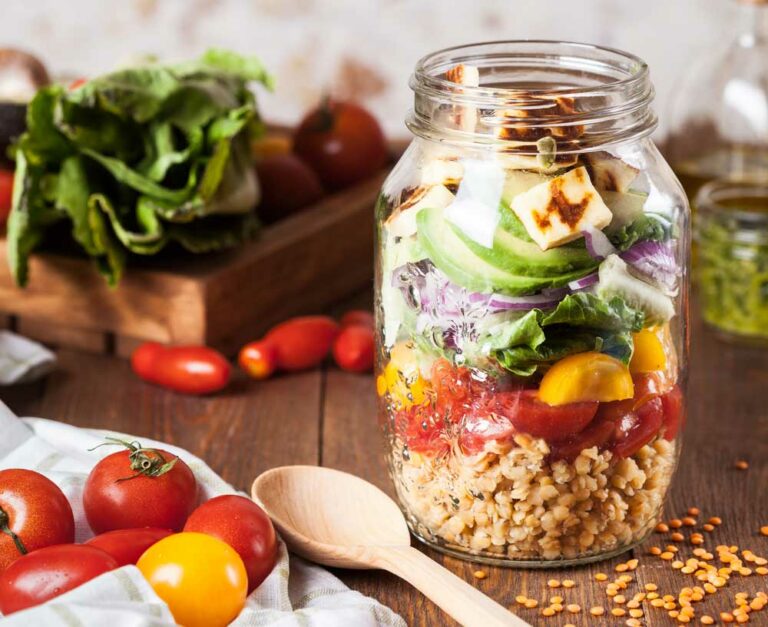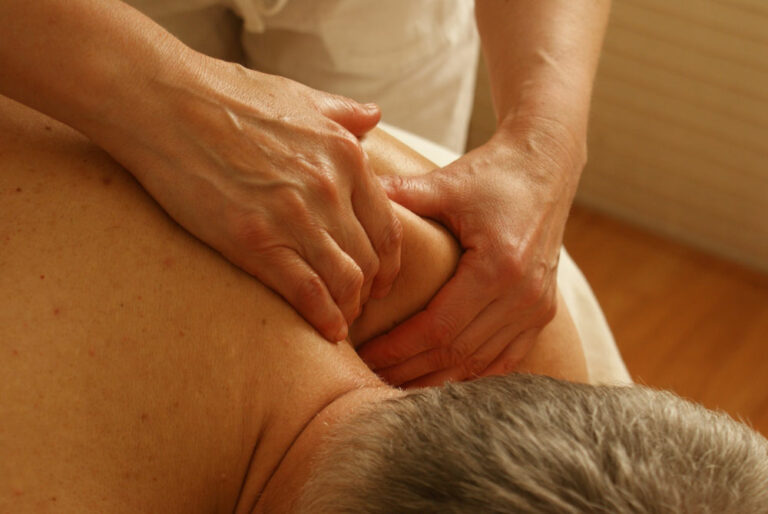What is physical activity?
The World Health Organization (WHO) considers physical activity to be “any bodily movement produced by skeletal muscles that requires energy expenditure – including activities undertaken while working, playing, carrying out household chores, traveling, and engaging in recreational pursuits.”
According to a report published by WHO, here are some key facts relating to physical activity:
- Insufficient physical activity is 1 of the 10 leading risk factors for death worldwide
- Insufficient physical activity is a key risk factor for non-communicable diseases (NCDs) such as cardiovascular diseases, cancer and diabetes
- Physical activity has significant health benefits and contributes to the prevention of NCDs
- Globally, 1 in 4 adults is not active enough
- More than 80% of the world’s adolescent population is insufficiently physically active
- Policies addressing insufficient physical activity are in place in 56% of WHO Member States
- WHO Member States agreed to reduce insufficient physical activity by 10% by 2025
Essentially any time we expend energy using our muscles to move, we are engaged in physical activity, and it is possible for this activity to have health benefits. This chart provides recommendations for how much physical activity is necessary to reap health benefits:
Choose moderate OR vigorous intensity activity OR equivalent combination of both. Also note additional benefits and/or muscle & bone benefit recommendations
| AGE CATEGORY: | Children & adolescents 5-17yrs | Adults aged18–64 yrs | Adults aged65 yrs and above |
|---|---|---|---|
| MODERATE INTENSITY ACTIVITY:walking, cycling, doing sports | moderate to vigorous-intensity activity; at least 60min daily | at least 150min throughout the week (20-25min daily) | at least 150min throughout the week (20-25min daily) |
| VIGOROUS INTENSITY ACTIVITY: | moderate to vigorous-intensity activity; at least 60min daily | at least 75min throughout the week(10-15min daily) | at least 75min throughout the week(10-15min daily) |
| ADDITIONAL BENEFITS: | Physical activity more than 60min daily provide additional health benefits | Increase moderate-intensity physical activity to 300min per wk, or equivalent(40-60min per day) | Increase moderate-intensity physical activity to 300min per wk, or equivalent(40-60min per day) |
| MUSCLE & BONE BENEFITS: | Include activities that strengthen muscle & bone, at least 3X per week | Muscle-strengthen activities involving major muscle groups, 2 or + days per week | If poor mobility, perform physical activity to enhance balance &prevent falls 3 or + days per wk |
NOTES: The intensity of different forms of physical activity varies between people. In order to be beneficial for cardiorespiratory health, all activity should be performed in bouts of at least 10 min duration
Table created from data available at: http://www.who.int/mediacentre/factsheets/fs385/en/
Below are some general benefits of regular activity:

- improving muscular fitness, including heart and lung capacity
- improving bone health
- reducing risk of high blood pressure, heart disease, stroke, diabetes, breast and colon cancer, and depression
- reducing risk of falls as well as hip or vertebra fractures
- fundamental for energy balance and weight control
Does this mean washing dishes can improve fitness, bone health, and reduce risk of certain conditions, while helping control weight? Most likely not, unless we’re spending 20-25 min at a time each day, and in a manner that really gets our heart rate going. Having said that, it may be enough to begin by simply recognizing household chores as one form of physical activities that keep us active and moving daily!
Going from little or no daily activity to doing 20-25 min daily may seem overwhelming. Try a more realistic and manageable approach by tackling lighter activities for a shorter duration.



